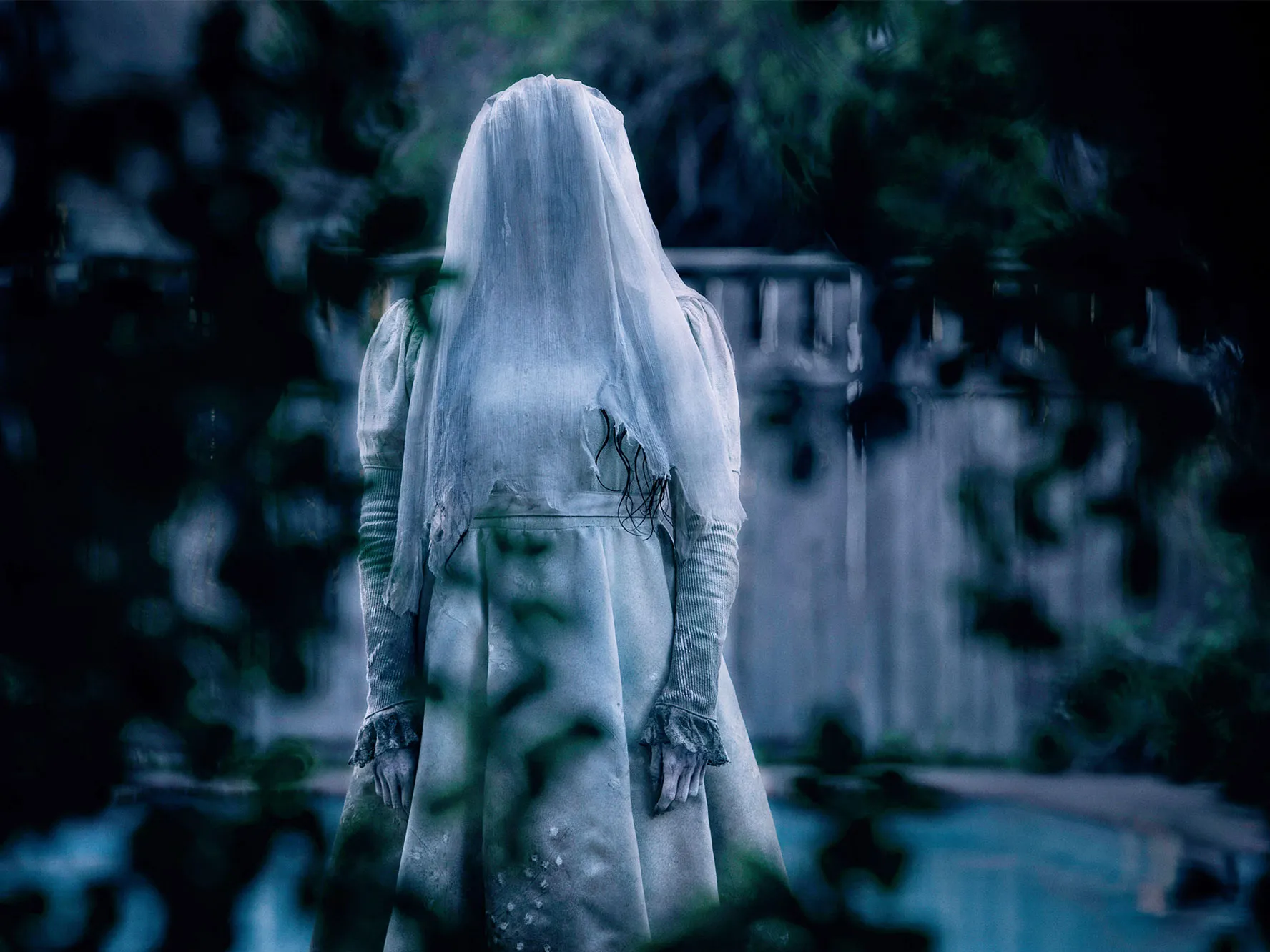La Llorona, often translated as “The Weeping Woman,” is a figure entrenched in the folklore of Latin America, with its roots deeply embedded in the cultural psyche of many Hispanic communities. The legend of La Llorona is a rich tapestry woven from historical accounts, mythological elements, and societal reflections, making it a complex narrative that has evolved over centuries. The question of whether La Llorona is real or fake is not a matter of simple fact-checking but rather an exploration of the layers of storytelling, cultural significance, and psychological impact that this legend holds.
The Legend of La Llorona
The story of La Llorona is a haunting one, with variations across different regions. The most common version tells of a beautiful woman named Maria who, in a fit of rage or despair caused by her husband’s infidelity or abandonment, drowns her children in a river. Immediately regretting her actions, she is consumed by grief and spends eternity searching for her children along riverbanks, weeping and wailing in sorrow. Those who claim to have encountered her describe a ghostly figure in white, crying out for her lost children.
Historical and Cultural Context
The origins of the La Llorona legend are often traced back to pre-colonial times, with some historians linking her to Aztec goddesses such as Cihuacoatl, a deity associated with fertility and motherhood who was said to foretell the conquest of Mexico by wailing. Others connect La Llorona to La Malinche, an indigenous woman who played a pivotal role as Hernán Cortés’s interpreter and mistress during the Spanish conquest of the Aztec Empire. These historical figures, and the complex emotions they evoke, have contributed to the enduring nature of the La Llorona narrative.
Psychological and Social Interpretations
Psychologically, La Llorona’s can be seen as a manifestation of collective fears and anxieties. She embodies the terror of losing one’s children and the guilt associated with maternal transgressions. Socially, the tale serves as a cautionary fable, often used by parents to discourage children from wandering at night or behaving disobediently.

The legend of La Llorona’s has permeated popular culture, inspiring numerous artistic expressions, including films, literature, and music. These adaptations often take creative liberties with the story, sometimes straying far from the original folklore. The recent Hollywood film “The Curse of La Llorona’s” is one such example, drawing criticism for its portrayal of the legend and cultural appropriation.
Real or Fake?
The question of La Llorona’s reality is complex. As a literal ghost haunting the physical world, there is no empirical evidence to support her existence. However, as a cultural symbol and a psychological archetype, she is very real indeed. La Llorona lives on through the stories passed down from generation to generation, serving as a reminder of the past, a reflection of societal values, and a figure of communal identity.
Conclusion
La Llorona as a supernatural entity may be deemed fictional, but her impact on cultural heritage, social norms, and the human psyche is undeniably real. The legend of La Llorona transcends the binary of real versus fake, instead existing in a space where myth and truth coalesce, shaping and reflecting the human experience across time and culture














